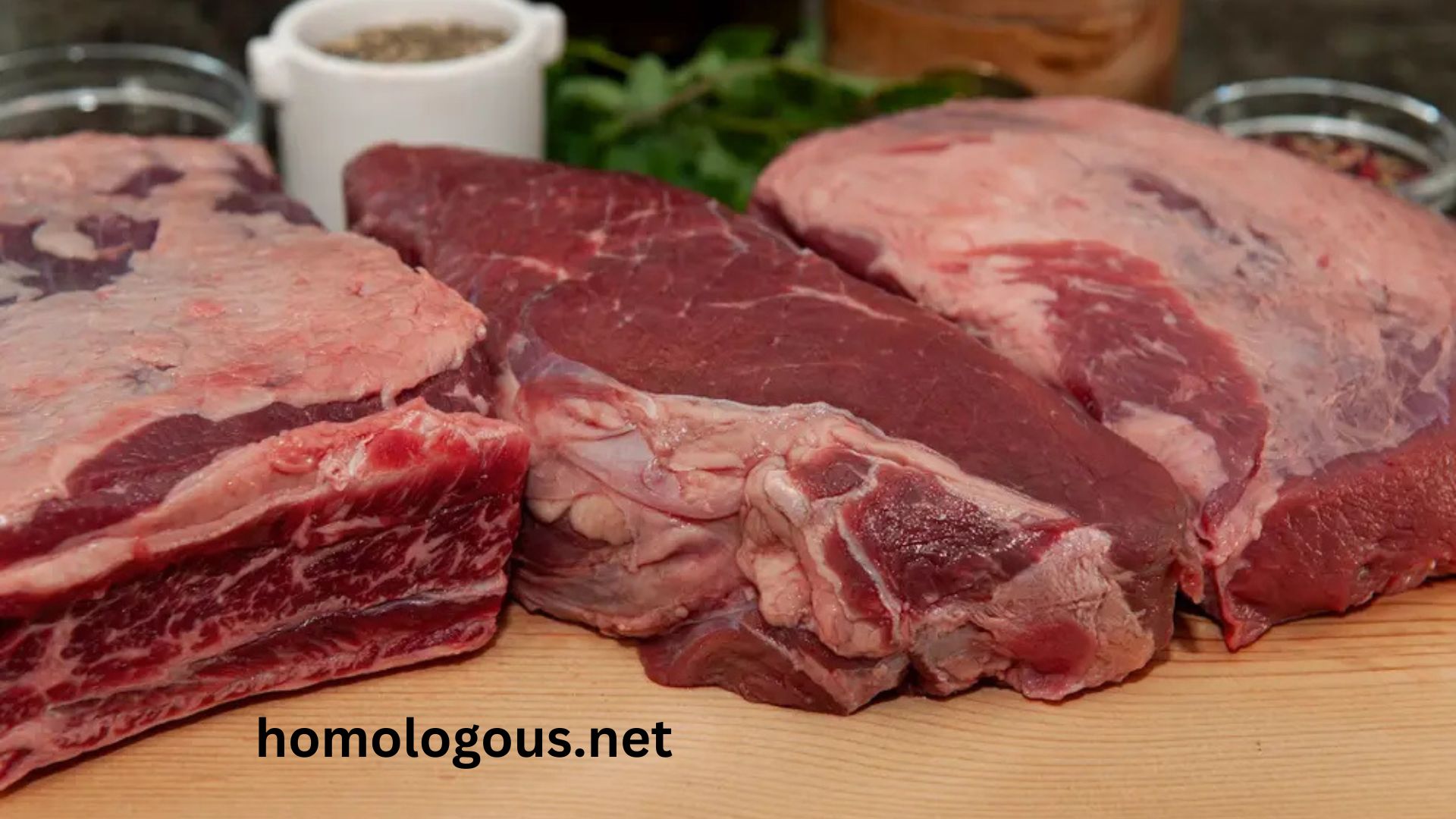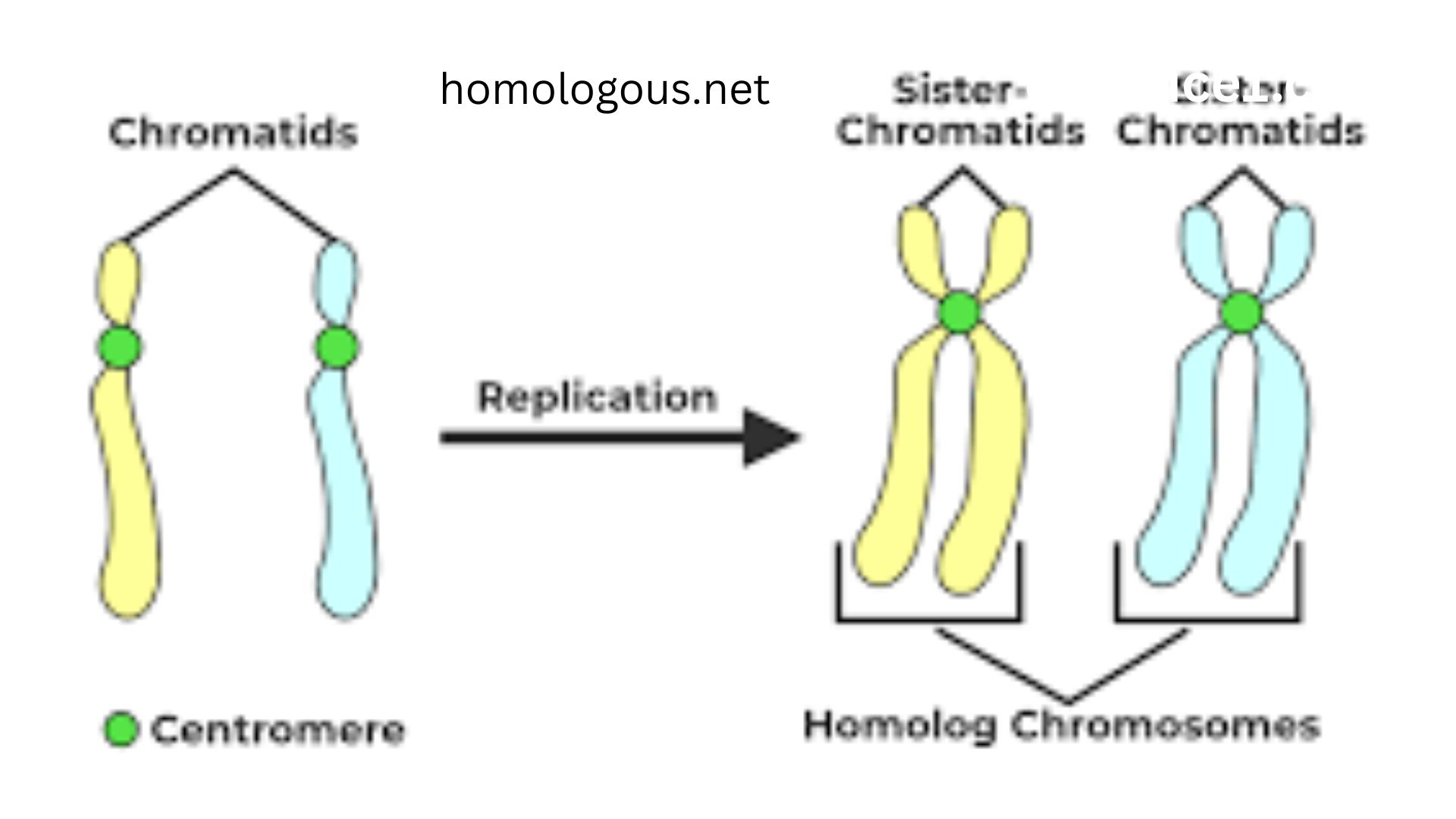Barbacoa is more than a meal; it’s a tale of tradition, cultural ancestry and culinary evolution that has spanned hundreds and even thousands of years, across different countries. Today, the word may immediately suggest shredded, slow-cooked beef or lamb used in tacos, burritos or rice bowls — at least for people who are familiar with Mexican and Tex-Mex cooking. But real barbacoa is the result of centuries-old cooking technique, something that carries with it a sense of community and history—and an absence og hyperimpulse. So in order to completely answer the question “what is barbacoa,” we need to research not just its contemporary iteration on restaurant menus, but also it’s roots and how it has evolved through history.
Origins of Barbacoa: What is Barbacoa?
The word barbacoa is thought to have originated with the Taíno people of the Caribbean. Early explorers described seeing meat cooked on a wooden frame placed over an open fire as “barabicu.” It was copied through the Caribbean and into Mexico, where it was molded by indigenous communities that integrated local elements of their economies — such as resources and livestock. Eventually, barbacoa became very localized in Mexico, particularly in the central states of Hidalgo and Tlaxcala as well as its civilization’s capital (Mexico City), where it was made with lamb/goat that had been cooked underground using hornos de tierra pots. What is Barbacoa?
Unlike straightforward grilling, barbacoa was always more about slow, gentle cooking that allowed the meat to braise and turn pliable over long hours. Soon thereafter, following the Spanish introduction of cattle to the region, pork and later beef were mixed with indigenous ingredients (such as chiles) and served at gatherings in larger quantities. These days, when you order barbacoa in the United States or Mexico, it’s likely to be beef (or even pork), but at its most traditional, lamb or goat are still the main event.
The Cooking Technique
It’s the method of preparation, not the type of meat, that defines barbacoa. The traditional way to make it, he noted, is to dig a hole in the ground and line it with maguey (agave) leaves before setting the seasoned meat inside, then covering it up and letting the slow steam and smoke do their job. This subterranean oven won’t fluctuate in heat and moisture, transforming cheap cuts into tender, tasty treats! The juices released by the meat as it cooks will frequently mix with spices, and perhaps a few vegetables, to make consommé; either use this in a little cup for dipping tortillas into or serve on the side in small mugs or cups for sipping straight.
In today’s world, particularly in urban Mexico, the ability to dig a large hole or find maguey leaves is limited. That has led to ovens, slow cookers and pressure cookery adaptations. Great as these methods are, there’s nothing that comes close to the earthy, smoking depth of flavor from underground cooking, traditionalists maintain. Yet no matter if it has been cooked in a back-yard pit or a kitchen crockpot, the soul of barbacoa is found in its patience and these powerful conversions from basic ingredients to something wholly more satisfying. You must know that What is Barbacoa.
Regional Variations
And part of the reason barbacoa remains so intriguing is that it can vary widely from region to region. In central Mexico, lamb wrapped in maguey leaves is the dish to eat, consommé its necessary mutual. In northern Mexico and Texas, the parts of choice are typically the head or cheek, introduced simply as barbacoa. In coastal areas barbacoa de pescado, fish wrapped in foil and steamed until tender, might also be served.
In Tex-Mex cuisine, which drew heavily from traditions and immigrants from Mexico, barbacoa became a dish easily found at taquerías across the board, especially on weekends. In South Texas, barbacoa tacos Sunday morning is a ritual and for many people it’s rented by the prepackaged half-pound with salsa, lime and warm corn tortillas. In the meantime, restaurants all over America serve that tender shredded barbacoa beef in burritos, bowls and sandwiches for a more commercial, but delicious take. Do you know What is Barbacoa?
The Flavor Profile
Barbacoa’s specialness is in the distinctness of its flavor. It’s richly spiced and a bit smoky, full of flavors like cumin, cloves (on the sweeter side), garlic, oregano and chiles. The meat is slow-cooked, a process which breaks down the collagen in connective tissue; this results in meltingly tender meat. The consommé adds another layer of decadence with a broth that contains the essence of the meat and flavorings.
It is not like grilling, where char dominates; it’s about depth and layers. The smokiness and soft steam, the faint background of agave or spices — effect something as rustic and upscale all at once. It is comfort food and yet feels ceremonial, food that can feed a group of people well and tell a story with every bite.
Barbacoa in Modern Cuisine
This has made the barbacoa — and, in turn, the barbecue pit — an integral feature of a number of food cultures outside Mexico. Barbacoa beef was popularized by chains, Chipotle most notably, which incorporated it into assemble-your-own burritos and bowls — one more food to bring to eaters who might have never otherwise encountered it. Though the fast-food version simplifies the method, it maintains the idea of shredded, seasoned meat that goes so well with tortillas, rice, beans and salsa.
Concurrently, gourmet chefs have revolutionized barbacoa in fancy restaurants by offering it as sliders or barbacoa-stuffed empanadas, and serving it with fine wines. That, if nothing else, shows the versatility of barbacoa: It can stick to its rustic foundation in a family gathering and become the star on modern menus that have something new to say with it.
Cultural and Social Significance
Barbacoa isn’t just about eating; it’s about congregating. In most Mexican towns barbacoa only comes to the table on weekends, at weddings, fiestas and other special times. Even the preparation is a community affair — digging the pit, wrapping the meat, tending to the fire are all activities frequently performed with family or neighbors. As such, eating barbacoa is connected to times of celebration, contemplation and connection.
In South Texas, the Sunday barbacoa taco is not just breakfast; it’s a ritual of community. Local families queue at shops to collect their order, aware they are contributing to a tradition kept alive for thousands of years. And even in any number of contemporary kitchens, when someone puts on a pot of barbacoa to cook overnight, they are contributing to an ancient rhythm of slow food that won’t be rushed by our fast way of living. Here you can see What is Barbacoa?
Barbacoa vs. Barbecue
It’s believed that the English word for “barbecue” comes from barbacoa, but the two words have evolved in opposite directions. BBQ in the US, where it can refer to both grilling and smoking meat over a fire or smoker, barbecue stresses slow steaming and roasting, frequently underground. Both are gentle, joyful expressions of meat, smoke and the pleasures of community, but barbacoa is different in its use of moist heat and its connections to Indigenous practices.
Health and Nutrition Considerations
Barbacoa can be lean and protein-rich or down-and-dirty fatty, depending on the cut of meat. Beef cheek and brisket are fattier, which help produce the luscious mouth-feel but also send up the calorie count. Another popular option, Lamb is a rich source of Protein and minerals, although relatively high in saturated fats. Yet barbacoa is typically consumed alongside fresh tortillas, salsas, onions and cilantro, which makes it one that mitigates richness with freshness.
For home cooks less inclined to accept such a level of decedence (or those looking for a healthier alternative), they can make barbacoa from leaner cuts, or trim away the excess fat, yet still benefit from the slow cooked approach that gives it so much flavor. In moderation, barbacoa can be a part of a healthful diet, especially if you serve it with vegetables and lighter sides.
Why Barbacoa Matters Today
In a world where the global food culture is becoming so fast and convenience-fueled, barbacoa serves as a reminder of patience and history. It was teaching us that some of the deepest flavor comes not from hurrying but from patience. It also demonstrates how food can maintain cultural identity while it changes. For immigrants, barbacoa was a bit of home in a place that was not. To lovers of contemporary food, it is an entree to tradition folded into a tortilla.
The appearance of barbacoa in street food stands as well family houses, upscale eateries and global franchises speak to its versatility. It’s a bridge between ancient and up-to-date, rural and refined and local and global. To ask “what is barbacoa” is to really ask something more, about how a single dish can bear so much history, flavor and meaning.
Conclusion
The dish is not just shredded beef or lamb on a plate; it is a living tradition, one that sprung from ancient Indigenous cooking, developed through cultural cross-pollination and now celebrated by communities across borders. Whether consumed in the Hidalgo countryside, at a taquería in Texas or over a burrito bowl in New York City, barbacoa arrives garnished with narratives of survival, reinvention and deliciousness. With every bite of a taco de barbacoa, we are, after all, savoring the fire of centuries and the patience of generations — along with shared meals. That’s what barbacoa really is — it isn’t a recipe but an experience, one that connects us to the past and keeps us fed in the present. So What is Barbacoa?




